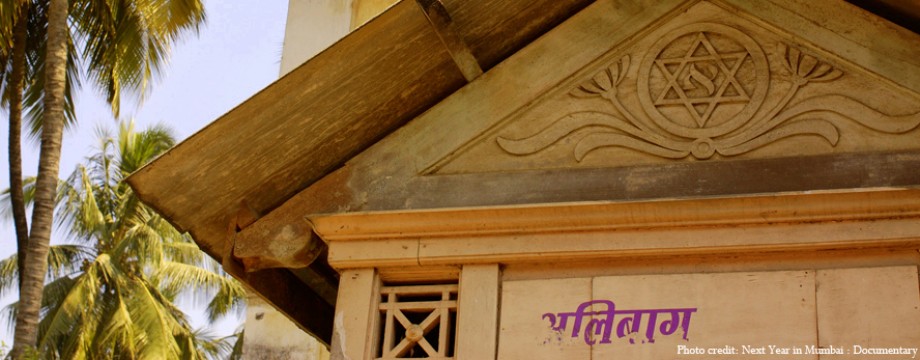
In Hebrew, the Jewish people are referred to as am Olam, which can be translated as “a world people,” but means much more. Olam can be translated as “world,” but it is more accurately rendered as “universe” in the sense that it encompasses both space and time. Indeed, during the Protestant Reformation, the word Olam was coined to represent precisely the mix of space and time. Although it is no longer in use, the Oxford English Dictionary still lists it as having that meaning.
When we consider the Jews of Cochin and the Malabar Coast, the Jewish community farthest from the heartland of Jewish settlement, the Jews of Cochin and the Malabar Coast have succeeded in surviving for hundreds, if not more than two thousand years, not only physically but also as a full-fledged Jewish community with a Jewish way of life recognizable by Jews from all over the world. Nathan Katz and Ellen Goldberg have done an amazing job of presenting it to us within a framework that gives us a feeling of its unique character while also placing it squarely within the Jewish world. They underline the significance of place and time in the creation of that community. They have prudently integrated what we know about the Jewish community of Cochin’s history with a thorough depiction of the community’s traditional yearly cycle of existence as it nears the end of its lengthy history.
